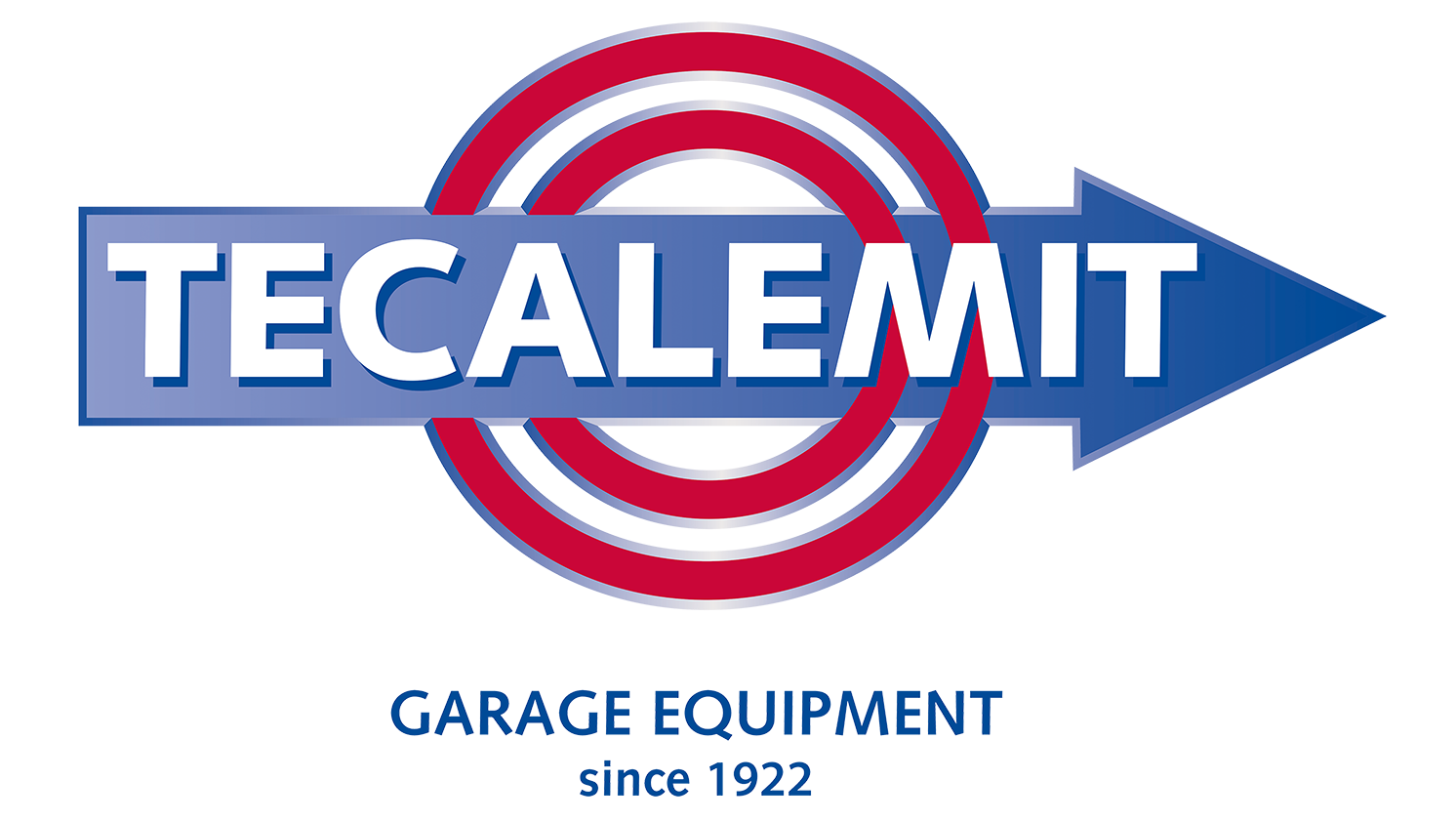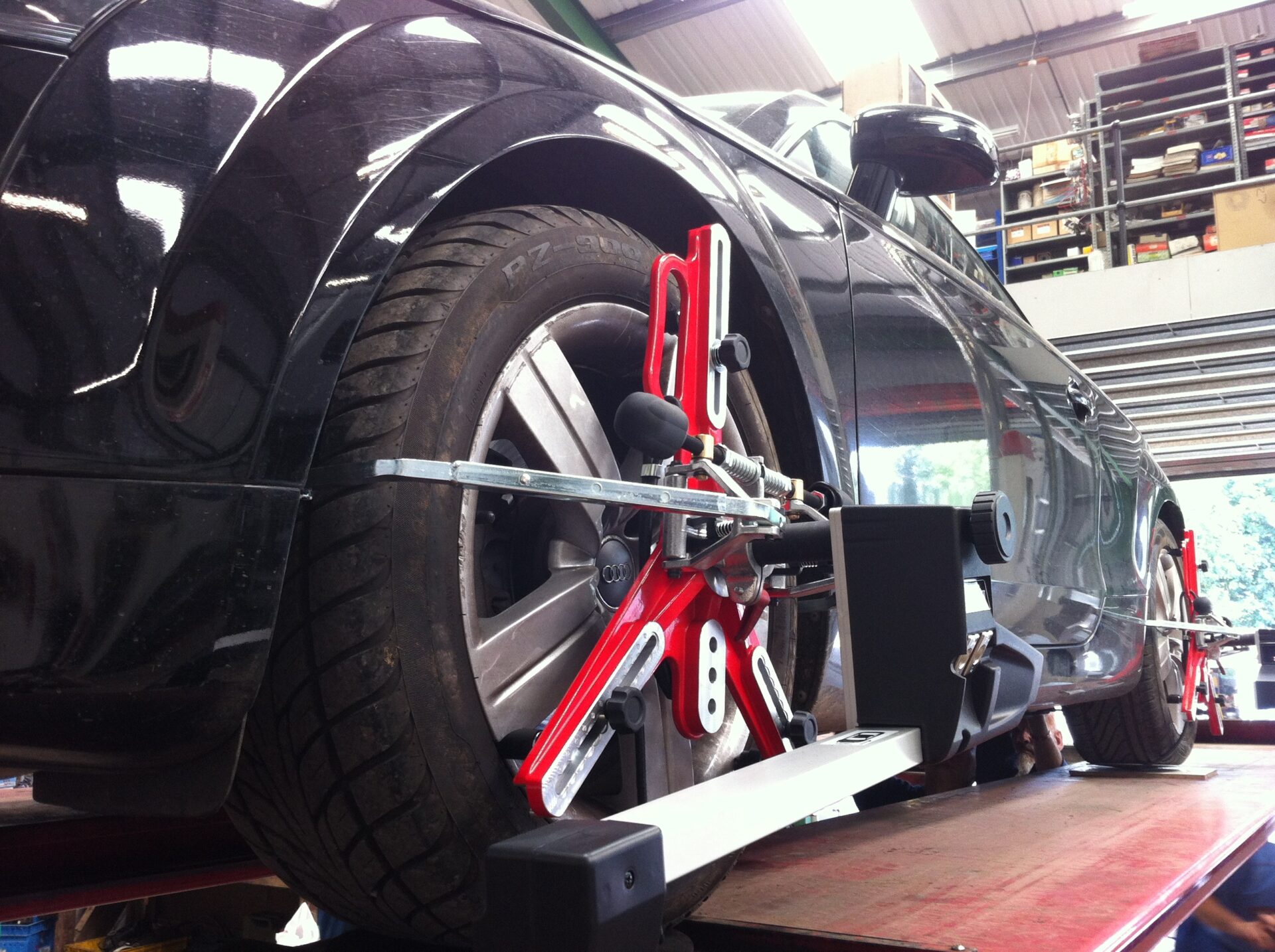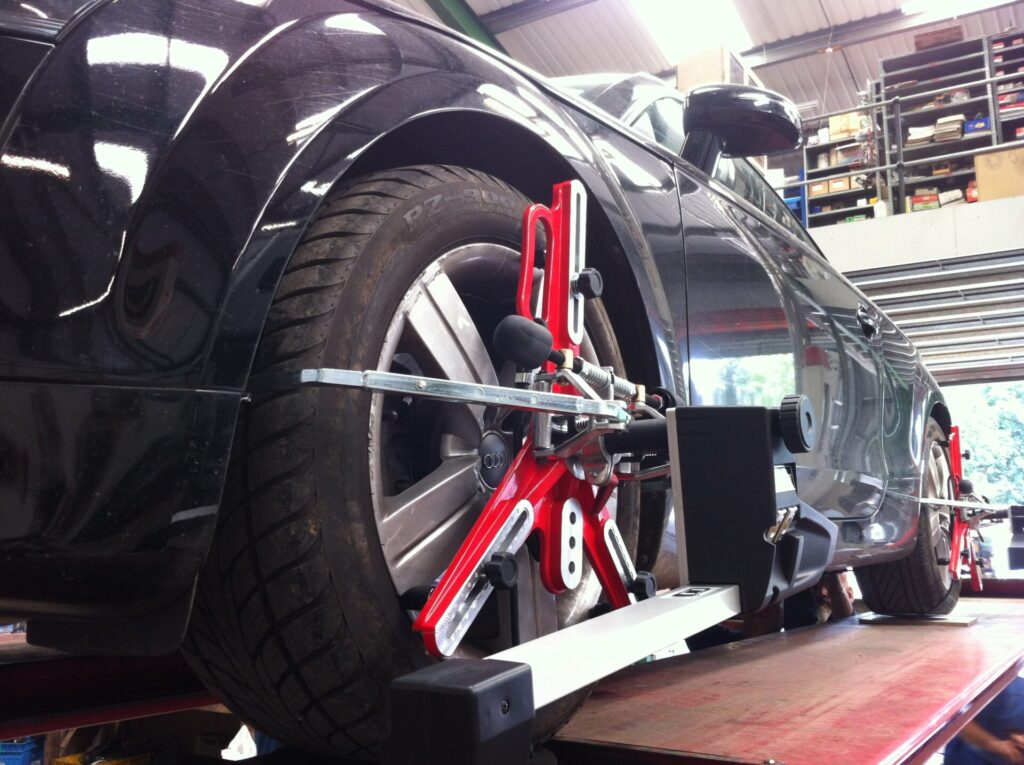Wheel alignment is one of the fastest-growing automotive services, so why is alignment more in demand?
Wheel alignment, also known as tracking, involves checking the direction and angle of a vehicle’s wheels against the manufacturer’s specifications. It is also one of the more profitable and faster-growing automotive services a workshop can offer. The three main reasons demand is increasing are:
1. Tyres are more expensive than ever, partly because they are produced using synthetic rubbers, a cost linked to the price of crude oil.
2. Wheel diameters and tyres are larger than before, making them more sensitive to a slight misalignment.
3. Vehicle suspensions are more complex. As the vehicle ages, wear in the components can cause misalignment, which needs correcting.
There are some classic signs of misalignment, such as uneven tyre wear. This may seem obvious, but there are different types. Excessive wear or ‘feathering’ on either inner or outer tyre edge usually means incorrect toe setting or camber adjustment. However, excessive wear in the centre of the tread may indicate incorrect tyre pressures. Other signs included when the steering pulls to one side, where you must hold the wheel against this force to keep the vehicle straight. Steering wheel vibration can also be a sign but could be confused with brake judder or the wheels being out of balance.
So why do wheel alignment?
From the driver’s point of view, there are several reasons you should ensure the wheels of a vehicle are correctly aligned. The primary reason is to get the longest life out of the tyres and reduce the vehicle’s running cost. The other main reason is to ensure even tyre wear, as unevenly worn tyres can be dangerous compromising vehicle handling and grip. Even if it does not affect the handling, the driver may still be breaking the law as unevenly worn tyres could be illegal. In addition, some suspension components will wear enough to cause wheel misalignment. Many manufacturers recommend that these are checked at certain intervals, so it is worth checking the handbook or service schedule.
You should also align the wheels when:
- A vehicle has had a minor accident especially involving the suspension or chassis.
- If a vehicle frequently drives over rough ground.
- Replacing suspension components on a vehicle.
So why 4-wheel alignment?
If you own a garage or tyre shop, a wheel aligner is one of the most important and profitable pieces of equipment you can use. It helps your customer reduce tyre costs, helps their vehicle run at peak efficiency and is an excellent added service for you. But wheel alignment isn’t just limited to the front axle anymore. In many modern vehicles, the rear axle being out of alignment will cause the vehicle to “dog track”. This is where the rear tyres do not follow the same path as the front. It is no longer enough only to make adjustments on the front axle to deliver the results drivers want. That is why Tecalemit only offers 4-wheel alignment systems to ensure a technician can properly align a vehicle.
So, in summary, wheel alignment is here to stay and increasing in importance. Crucially, workshops that can perform 4-wheel alignment will win over those who can’t due to the increasingly sophisticated nature of vehicles. To learn more about Tecalemit’s full range of wheel alignment equipment, contact us today.


